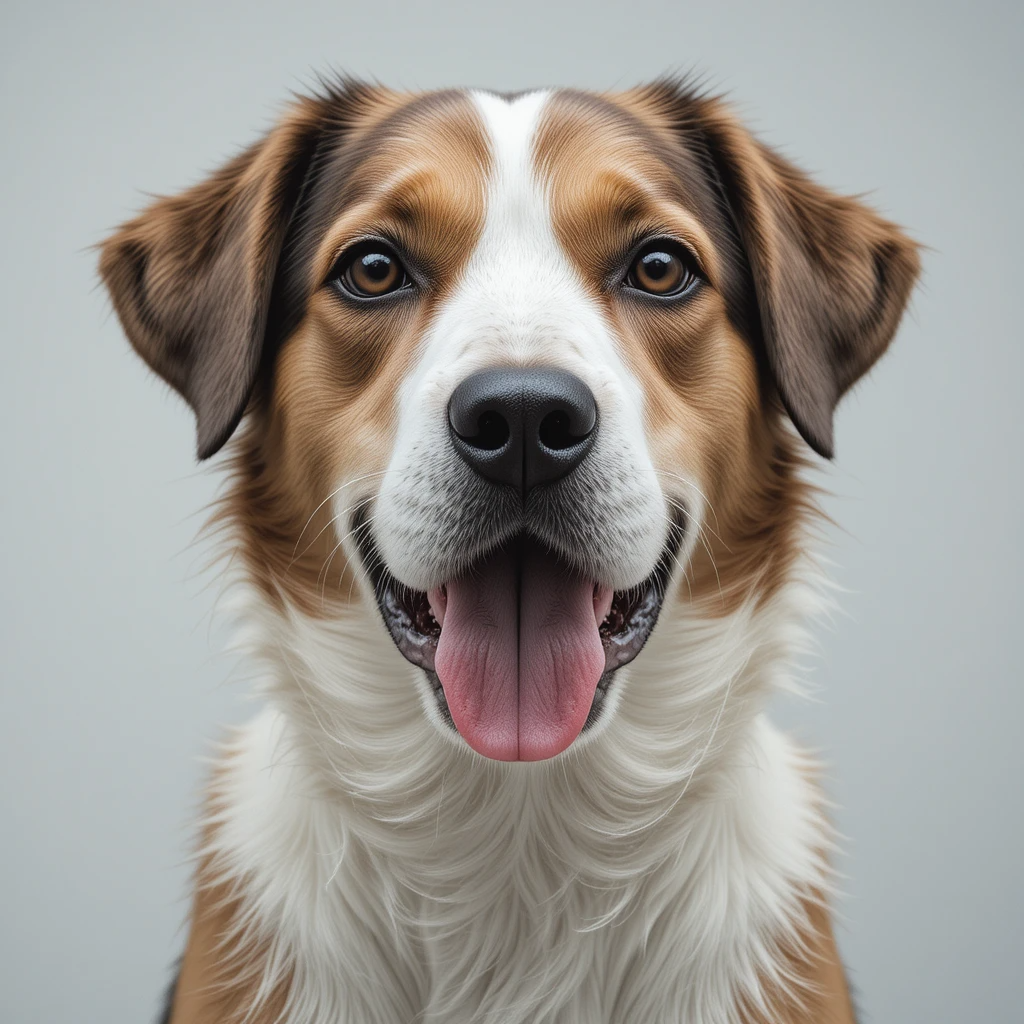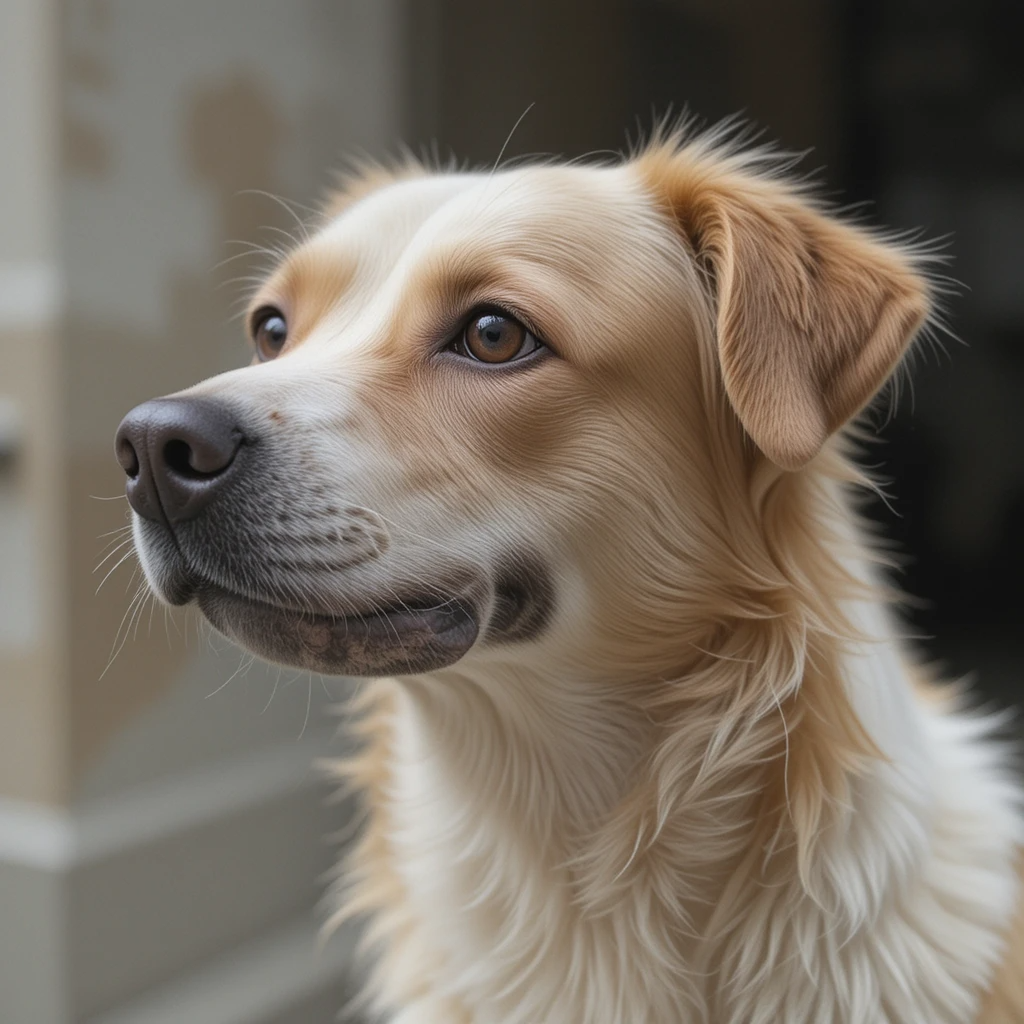Canine Lymph Nodes Explained in this Post. As pet parents, we all want the best for our dogs. We carefully choose their food, ensure they get plenty of exercise, and make sure they’re up-to-date on their vet visits. However, one aspect of their health that’s often overlooked is the lymphatic system. Just like in humans, the lymphatic system in dogs plays an essential role in their immune function, protecting them from infections and diseases.
One of the most vital components of this system are the lymph nodes, small, but powerful organs that filter lymph fluid and store immune cells. But what exactly are canine lymph nodes, and why should you care about them? Let’s take a deeper dive into their significance and what you can do to keep your dog’s health in check.
Table of Contents
What Are Lymph Nodes in Dogs?
Lymph nodes in dogs, much like in humans, are small, kidney or bean-shaped structures that are part of the body’s immune system. Their primary function is to filter and trap harmful substances, such as bacteria, viruses, and cancer cells, from the lymph fluid. This fluid, rich in white blood cells known as lymphocytes, is constantly circulating throughout the body, helping to detect and fight infections.
For your dog, the lymphatic system works as a defense mechanism against illnesses. When harmful pathogens are detected, the lymph nodes swell as they work hard to produce immune cells to fight off the infection. It’s important to remember that the lymphatic system is spread throughout the dog’s body, and swollen lymph nodes can often be the first signs of an underlying health issue.

Why Are Canine Lymph Nodes So Important?
Lymph nodes are a critical part of your dog’s immune system. They are the first line of defense in identifying and fighting off bacteria, viruses, fungi, and even cancer cells. Without a properly functioning lymphatic system, your dog’s body would struggle to mount an effective immune response, making them more vulnerable to infections and diseases.
These nodes also help maintain the fluid balance within the body. The lymphatic system ensures that the tissues don’t become overwhelmed with excess fluid and that waste products are properly filtered out. Without this function, your dog could experience swelling or fluid buildup, leading to more severe health complications.
Common Locations of Lymph Nodes in Dogs
You may be surprised to learn that dogs have several lymph nodes throughout their bodies. These nodes are strategically positioned to serve the best interest of their health. Here’s where you’ll find the main clusters of lymph nodes in your dog’s body:
- Submandibular Lymph Nodes (Under the Jaw): These nodes are located beneath your dog’s jaw, right in front of the neck. They are often the first ones to swell when an infection is present in the mouth, throat, or teeth.
- Prescapular Lymph Nodes (In Front of the Shoulders): Situated just in front of the shoulder blades, these lymph nodes can become swollen in response to infections or cancer in the chest, upper limbs, or even the skin.
- Axillary Lymph Nodes (Under the Armpits): Found beneath your dog’s front legs, these nodes filter lymph from the chest and upper limbs. Swelling here might indicate problems in the chest cavity or forelimbs.
- Inguinal Lymph Nodes (In the Groin): Located in the groin area, these lymph nodes are involved in filtering lymph from the abdominal and pelvic regions. Enlargement of these nodes may point to infections or problems in the abdomen or hind limbs.
- Popliteal Lymph Nodes (Behind the Knees): These nodes sit behind your dog’s knee joints and are often checked when a dog has a problem with its hind limbs, abdominal area, or lower legs.

How to Check Your Dog’s Lymph Nodes
As a dog owner, keeping an eye on your dog’s health is a vital part of responsible pet care. Checking their lymph nodes regularly can help you spot potential issues before they become serious. Here’s how you can check your dog’s lymph nodes at home:
- Get Your Dog Comfortable: Make sure your dog is in a calm state, sitting or lying down comfortably. It’s best to check when they are relaxed.
- Gently Palpate: Using your fingertips, gently feel the areas where the lymph nodes are located. They should feel soft and smooth. Swollen lymph nodes may feel firm, enlarged, or even tender to the touch.
- Check Symmetry: Compare the lymph nodes on both sides of the body. If you find that one side is swollen and the other is not, this could be a sign of an issue.
- Look for Signs of Discomfort: If your dog shows signs of pain, such as flinching or pulling away when you touch a certain area, it may indicate that the lymph nodes are tender or infected.
- Monitor for Other Symptoms: Swollen lymph nodes are often accompanied by other symptoms like fever, lethargy, loss of appetite, or breathing difficulties. Keep an eye out for these, as they could signal a more serious health condition.
Conditions That Can Affect Lymph Nodes in Dogs
Lymph nodes can become enlarged for a variety of reasons. While swelling might simply be a sign of an infection, it can also point to more serious health conditions. Here are some of the most common causes of swollen lymph nodes in dogs:
- Infections: Bacterial, viral, or fungal infections often cause lymph nodes to swell. For instance, a dog with Lyme disease, ehrlichiosis, or a respiratory infection might experience enlarged lymph nodes.
- Inflammation: Conditions that cause chronic inflammation, such as allergies or autoimmune disorders, may lead to swollen lymph nodes.
- Cancer: Lymphoma, a form of cancer that affects the lymphatic system, is one of the most concerning causes of lymph node swelling. Dogs with lymphoma often show enlarged lymph nodes along with other symptoms such as weight loss, lack of energy, and loss of appetite.
- Abscesses and Injuries: Localized infections, abscesses, or wounds can cause nearby lymph nodes to become swollen as the immune system works to fight the infection.
- Autoimmune Diseases: Certain autoimmune diseases, such as lupus, can result in swollen lymph nodes, as the body’s immune system attacks its tissues.
When Should You Take Your Dog to the Vet?
If you notice any of the following signs in your dog, it’s important to seek veterinary care:
- Persistent Swelling: Lymph nodes that remain enlarged for more than a few days should be evaluated by a vet, especially if there is no clear sign of infection or injury.
- Painful Lymph Nodes: If your dog shows signs of pain, tenderness, or discomfort when you touch their lymph nodes, this may indicate an infection or inflammation.
- Other Symptoms: Fever, lethargy, changes in appetite, unexplained weight loss, or trouble breathing can all be signs of a more serious issue that requires professional attention.
- Rapid Growth of Swelling: If the lymph nodes seem to grow rapidly in size, it could indicate something more severe like cancer, which requires immediate medical attention.

Conclusion: The Role of Canine Lymph Nodes in Your Dog’s Health
Lymph nodes may be small, but their role in your dog’s immune system is anything but insignificant. They are constantly working to protect your dog from infections, toxins, and diseases, and regular monitoring can help detect health issues early. Whether you notice swelling on your own or during a vet visit, it’s important to keep a close eye on your dog’s lymphatic health. By understanding the role of lymph nodes and how to check them, you’re taking an active step in protecting your dog’s overall well-being. If you notice any unusual swelling or symptoms, don’t hesitate to contact your veterinarian to ensure your dog gets the care they need.
Protecting your dog’s health is not just about feeding them well and giving them exercise—it’s about being informed, vigilant, and proactive in every aspect of their care. By staying aware of the signs that your dog’s lymph nodes might be trying to tell you, you can help keep your furry friend in the best possible health for years to come.

